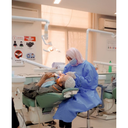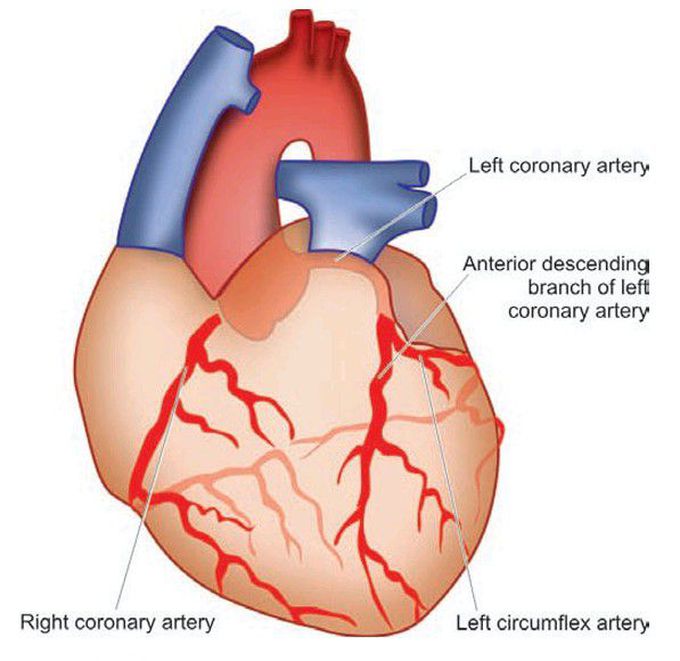

Zunaira salehover 1 year ago

Blood supply of heart
The cardiac muscle, in order to function properly, must receive adequate supply of oxygen and nutrients. Blood is transported to myocardial cells by the coronary arteries which originate immediately above the aortic semilunar valve. Most of blood flow to the myocardium occurs during diastole. There are three major coronary trunks, each supplying blood to specific segments of the heart
Other commentsSign in to post comments. You don't have an account? Sign up now!

